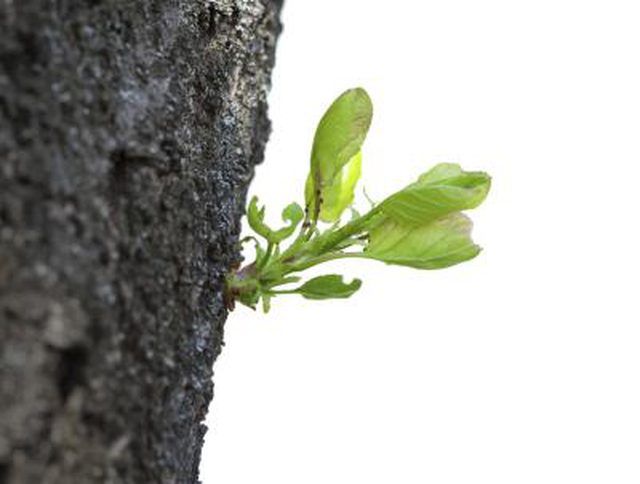Bulbs
Flower Basics
Flower Beds & Specialty Gardens
Flower Garden
Garden Furniture
Garden Gnomes
Garden Seeds
Garden Sheds
Garden Statues
Garden Tools & Supplies
Gardening Basics
Green & Organic
Groundcovers & Vines
Growing Annuals
Growing Basil
Growing Beans
Growing Berries
Growing Blueberries
Growing Cactus
Growing Corn
Growing Cotton
Growing Edibles
Growing Flowers
Growing Garlic
Growing Grapes
Growing Grass
Growing Herbs
Growing Jasmine
Growing Mint
Growing Mushrooms
Orchids
Growing Peanuts
Growing Perennials
Growing Plants
Growing Rosemary
Growing Roses
Growing Strawberries
Growing Sunflowers
Growing Thyme
Growing Tomatoes
Growing Tulips
Growing Vegetables
Herb Basics
Herb Garden
Indoor Growing
Landscaping Basics
Landscaping Patios
Landscaping Plants
Landscaping Shrubs
Landscaping Trees
Landscaping Walks & Pathways
Lawn Basics
Lawn Maintenance
Lawn Mowers
Lawn Ornaments
Lawn Planting
Lawn Tools
Outdoor Growing
Overall Landscape Planning
Pests, Weeds & Problems
Plant Basics
Rock Garden
Rose Garden
Shrubs
Soil
Specialty Gardens
Trees
Vegetable Garden
Yard Maintenance
Artificial Propagation of Plants
Artificial Propagation of Plants. Plants normally reproduce through seeds, spores or reproductive growths such as rhizomes or tubers. However, artificial propagation may present a number of advantages under certain circumstances.
Plants normally reproduce through seeds, spores or reproductive growths such as rhizomes or tubers. However, artificial propagation may present a number of advantages under certain circumstances.
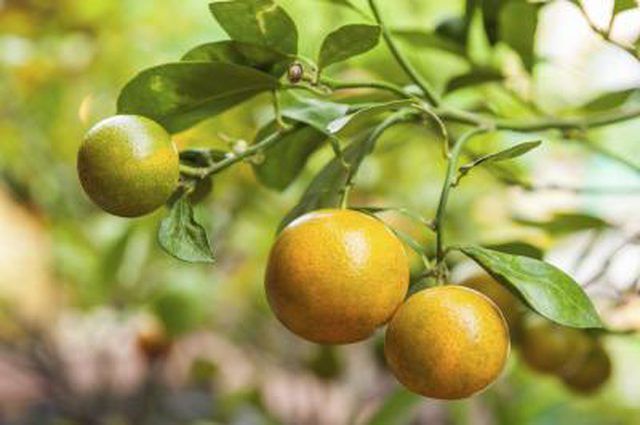
Artificial propagation is often used to reproduce a plant with desirable characteristics, create better plants, hasten fruit production or prevent a species from becoming extinct. Since artificial propagation does not rely on seeds, it allows new plants to be produced quickly.
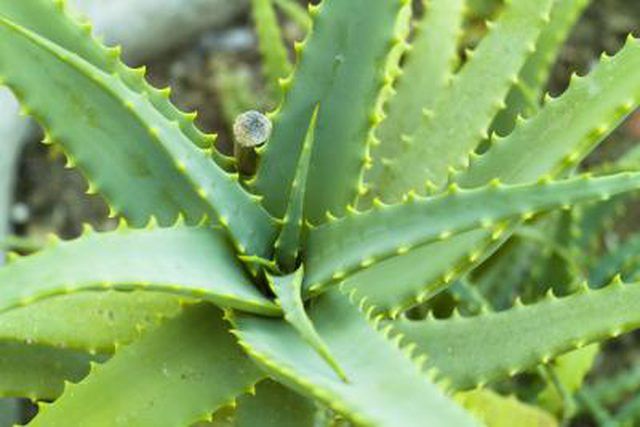
Cutting, a common method of asexual plant reproduction, uses cut section of roots, leaves or stems to produce plants identical to the mother plant. These pieces are usually dipped in root hormone solution and covered half-way with soil. When the cut pieces establish roots, they are separated and repotted.
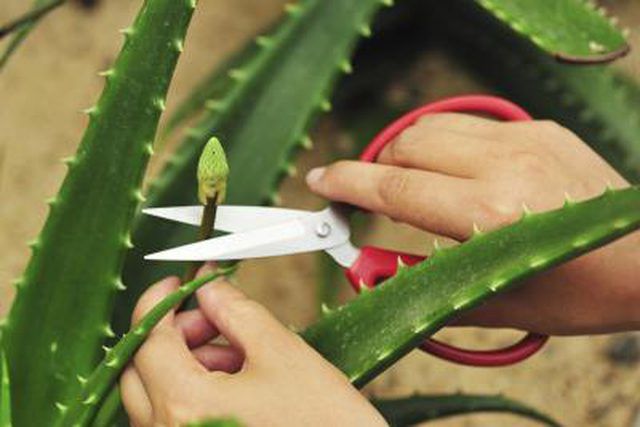
When a plant is grafted, a branch from one tree is joined with the roots of another. The two pieces are cut so they fit together like puzzle pieces, and are then secured until they grow together.
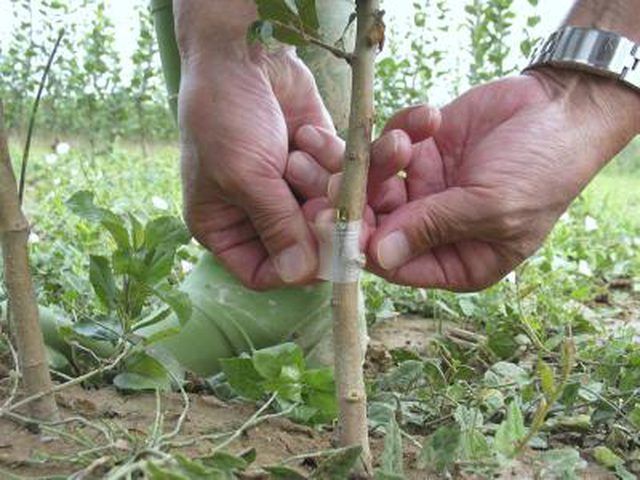
Marcotting involves scraping the bark from a portion of a tree branch and wrapping that section in soil or sphagnum moss. Under the right conditions, the area where the bark was removed will develop roots. Once this occurs, the branch is cut from the mother plant and allowed to grow by itself.
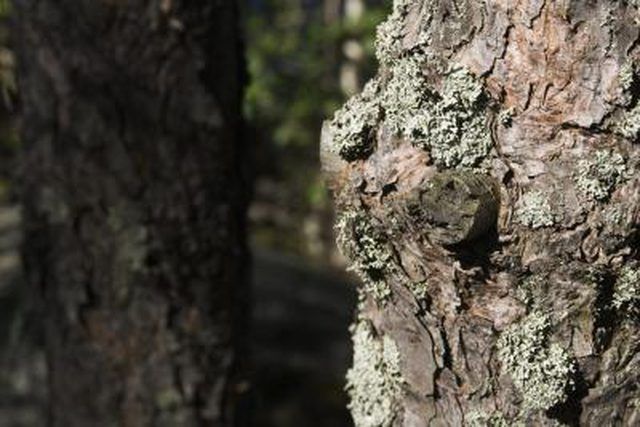
During the process of budding, a vertical cut is made beneath the bark of a tree’s branch. A bud with a thin layer of wood is inserted into the cut and allowed to grow on the new tree.
